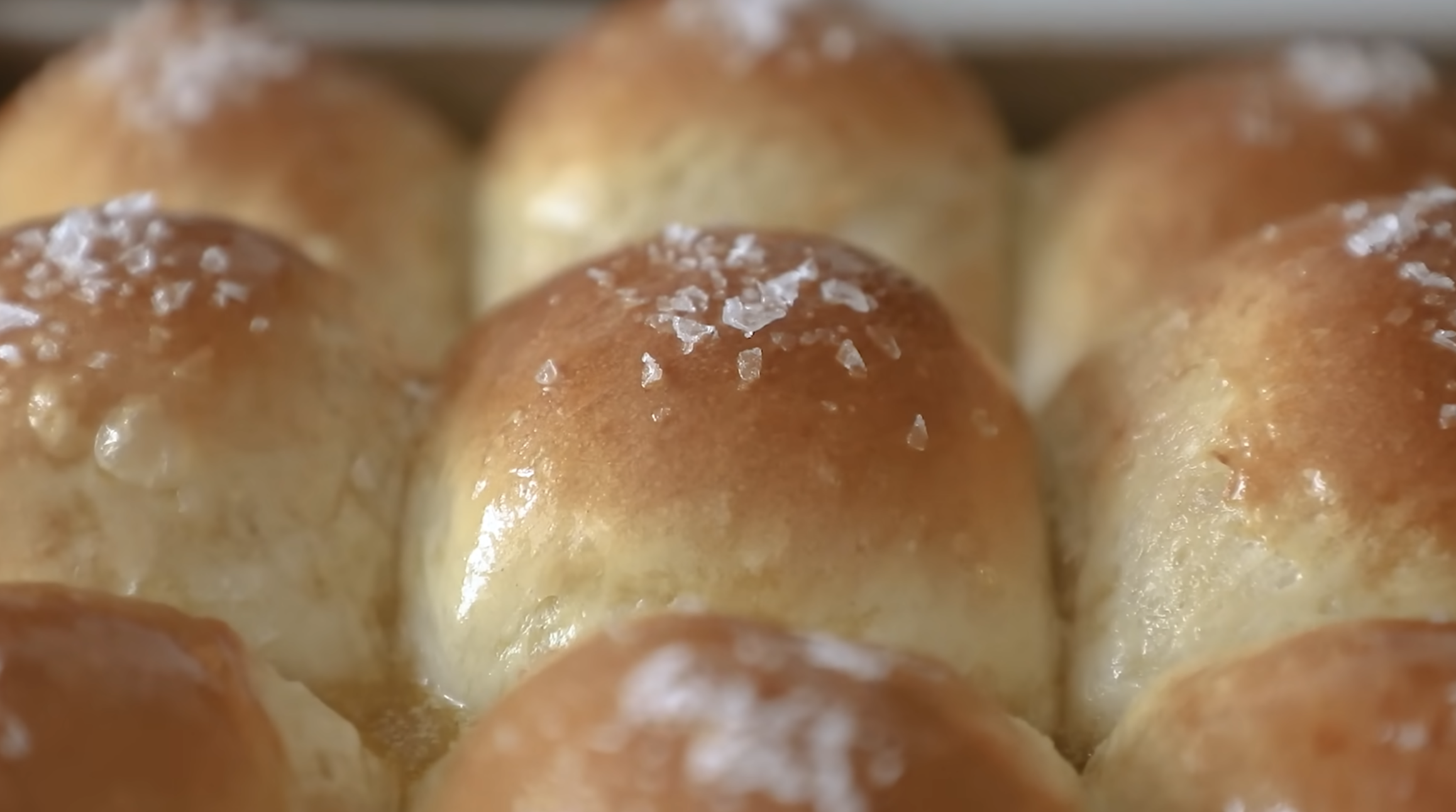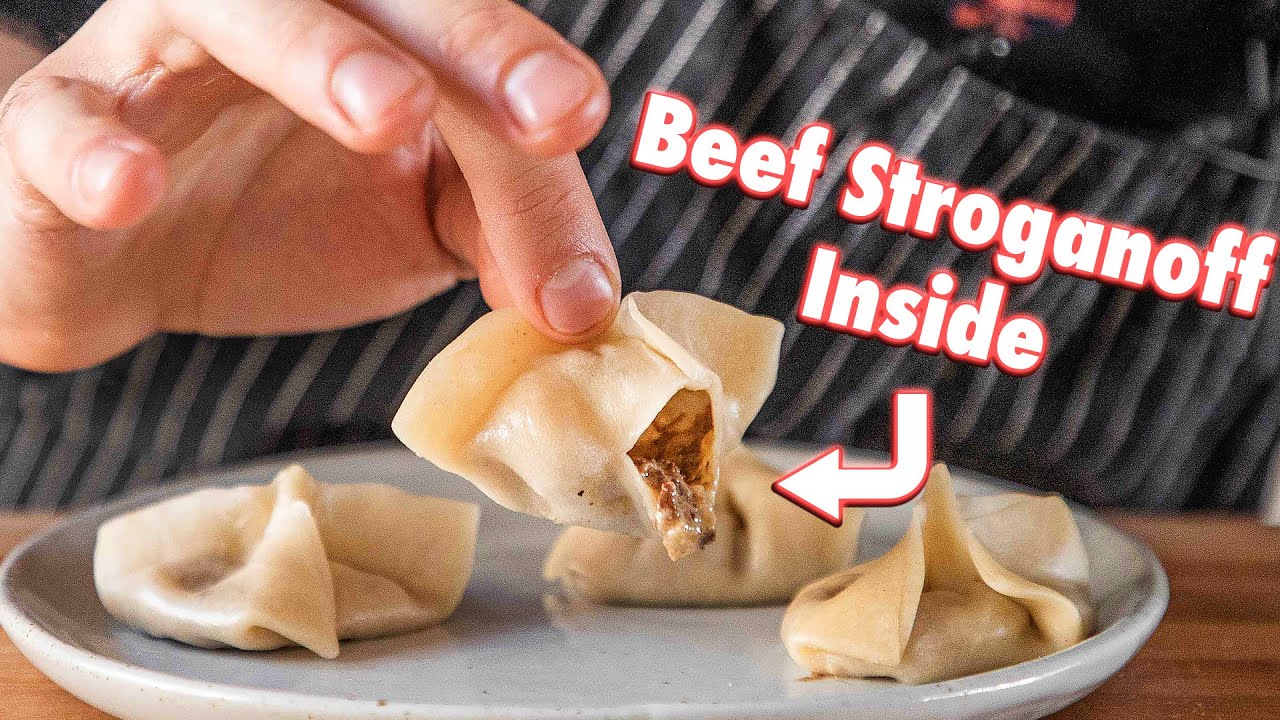Items Used:
Spinach Sourdough Crepes:
- ¾ cup (90g) all purpose flour
- 1 tsp (4g) fine sea salt
- ½ cup (140g) mature sourdough starter, fermented at room temperature for 24 hrs
- 2 large eggs
- 1 large egg yolk
- 1 cup (240ml) whole milk
- 2 cups (90g) tightly packed fresh spinach
- Cooking spray
Puff Pastry:
If a lattice crust is preferred, double the recipe
- 1 cup plus 2 Tbsp (227g) unsalted cold butter, cubed
- 2.5 cups (320g) all purpose flour, plus extra for dusting
- 1 tsp (7g) fine sea salt
- ¾ cup (177g) cold water
Fermented Mushroom Duxelles:
- 1500g water
- 30g Kosher salt, plus more to taste
- 1 lb (450g) cremini mushrooms, stems removed and wiped clean
- 2 Tbsp (28g) unsalted butter
- 2 shallots, peeled and finely diced
- 3 Tbsp (48g) whiskey
- 2 sprigs thyme
- 1 sprig rosemary
- 3 garlic cloves, peeled and finely chopped
72-Hour Short Rib:
- 1 lb (450g) boneless beef short rib
- Kosher salt and freshly cracked black pepper to taste
Fermented Dijon-inspired Mustard:
- ½ cup (100g) yellow mustard seeds
- 6g fine sea salt, plus extra for taste
- 300g water
- 1 small shallot, peeled and finely chopped
- 3 cloves garlic, peeled and finely chopped, divided
- ¼ cup (60ml) apple cider vinegar
- Splash of Worcestershire sauce
Dry Aged Tenderloin:
- 1 whole beef tenderloin, PSMO (Peeled Side Muscle On)
- Kosher salt to taste
Wellington Assembly:
- 2 lbs (907g) center cut Dry Aged Tenderloin
- Kosher salt and freshly cracked black pepper for seasoning
- Vegetable Oil
- 2 Tbsp Fermented Dijon Mustard
- 4 Spinach Sourdough Crepes
- 6-8 slices prosciutto
- 1.5 cups (400g) Fermented Mushroom Duxelles
- 6-8 slices 72-Hour Short Rib, warmed gently in the bag
- Prepared Puff Pastry
- All purpose flour for dusting
- 2 large eggs
- Additional Puff Pastry (optional)
- Fresh thyme leaves for garnish (optional)







